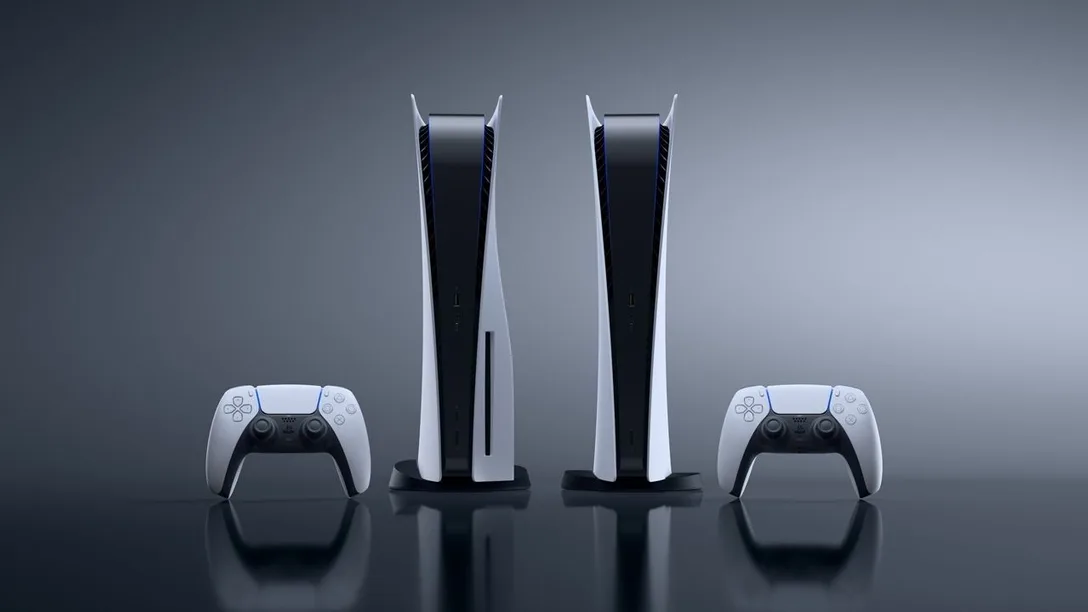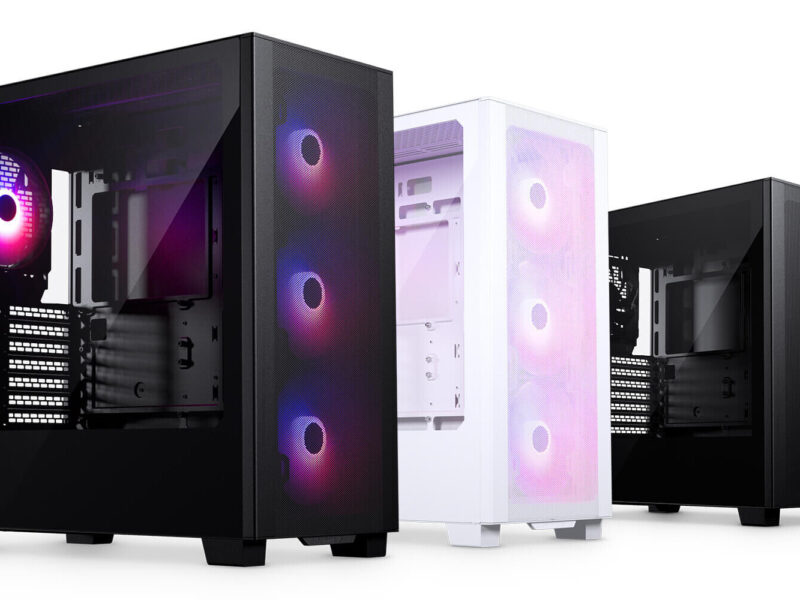(Image credit: Sony)
Recently, there has been a lot of talk about a new revision of the popular Playstation 5 console from Sony. This is mainly centered around it’s lighter heatsink and has come with some controversy. Today we’ll look at some of the changes with the help of a recent video by Aris Mpitziopoulos. He is famous from his many PSU reviews on the likes of Tomshardware, Techpowerup, Kitguru and since recently his own YouTube channel.
Old VS New, The Models
As a first, an overview of what is considered new and old here. The new models come with either the CFI-1116A (disc) or CFI-1100B (digital) model number, while the old versions came with the CFI-1016A (disc) or CFI-1015B (digital) model number. All old units have been sold as far as is currently known, outside of old stock and/or second hand. But if you were to go to your local retailer right now, you will very likely get the new version of the PS5.
External
Externally, there is only one very minor difference. The screw to open the PS5 has been changed to make it possible to open it by hand instead of requiring a screwdriver. This is overall not a notable change, but the only one done externally.
Fan
The internal differences is where it gets a bit more interesting. The fans used in the Playstation 5 right now as far as is currently documented are:
- Nidec G12L12MS1AH-56J14
- Nidec MA209163T07802
- Mitsumi 12047ga-12m-wb-01
- Delta KSB1212HGG4E
Aris had two samples with a Nidec G12L12MS1AH-56J14. The fan duty cycle has reported to be the exact same, only showing a 0.02% difference in one of the tests. We call this margin of error.
Noise
Noise is slightly more on the new one in some scenarios, as it’s reporting 25.9 dBa compared to 24.8 dBa at idle for the old version. This is likely because of the heatsink being less restrictive, allowing more air to go through.
Heatsink
Where most of the attention went is the heatsink. The amount of heatpipes hasn’t changed, as this is still 6. The heatsink has become around 300g less compared to the old version. This would indicate a downgrade because of a smaller surface area for the heat to go to, but that’s not the case. Better materials have been used and heat dissipation is greater in comparison to the old model.
Power usage
Power shows very minor differences at the Devil May Cry HD RTX gaming load, these are no more than roughly 2 watts (a very weak LED bulb). There is a slightly bigger difference in power usage at UHD, but even here we’re only talking about roughly 9 watts in the worst case, which is less than two LED light bulbs. Standby, rest and rest+downloading show very similar numbers, while home screen HD and UHD are actually slightly in advantage of the new version, but only with a difference of roughly 5 watts.
Temperatures
This is actually where people like Austin Evans made a massive mistake. He reported a 52c exhaust temperature on the old one and a 55c difference on the new one, but some others have reported a difference of roughly 5c. This might not be immediately be obvious, but this tells only part of the story. The PS5 actually improved massively with the newer version, showing a 11 degree difference on the CPU, with slightly higher temperatures at the flash, VRM and exhaust on Aris’s testing. The most important part here is the CPU, as the flash and VRM are still well into spec. We actually consider the new design to be an improvement because of this.
Minor changes
Other changes include
- two less wires to the wifi/bluetooth adapter
- different PCB color
- MOSFET driver location
- Capacitor locations
Overview
| Old PS5 | New PS5 | |
|---|---|---|
| Model (disc) | CFI-1016A | CFI-1116A |
| Model (digital) | CFI-1015B | CFI-1100B |
| Noise | 24.8 dBa | 25.9 dBa |
| Heatpipes | 6 | 6 |
| Fan idle | 10.33% | 10.35% |
| Fan gaming | 18.85% | 18.85% |
| DMC5 start scene HD | 209.08w | 209.25w |
| DMC5 idle HD | 213.89w | 215.63w |
| DMC5 action HD | 210.99w | 211.29w |
| DMC5 start scene UHD | 206.99w | 215.81w |
| DMC5 idle UHD | 213.89w | 219.50w |
| DMC5 action UHD | 216.34w | 218.33w |
| Standby mode | 0.322w | 0.329w |
| Rest mode | 3.57w | 3.28w |
| Rest mode + downloading | 41.80w | 41.92w |
| Home screen HD | 54.51w | 49.02w |
| Home screen UHD | 57.89w | 53.32w |
| CPU temperature | 51.15c | 40.08c |
| Flash temperature | 40.88c | 48.2c |
| VRM temperature | 44.97c | 46.32c |
| Exhaust temperature | 39.85c | 42.11c |
Conclusion
We consider the new PS5 design to be an improvement, mainly showing in the CPU temperature. The rest has mostly kept the same, showing some minor differences in power usage and noise. We wouldn’t recommend against either version of the PS5, but would consider the new version to be a better design because of the 11c lower CPU temperatures. But with that we don’t expect you to run off buying the newer revision or completely disregard the older revision in your research. We will recommend either design for a good time.


